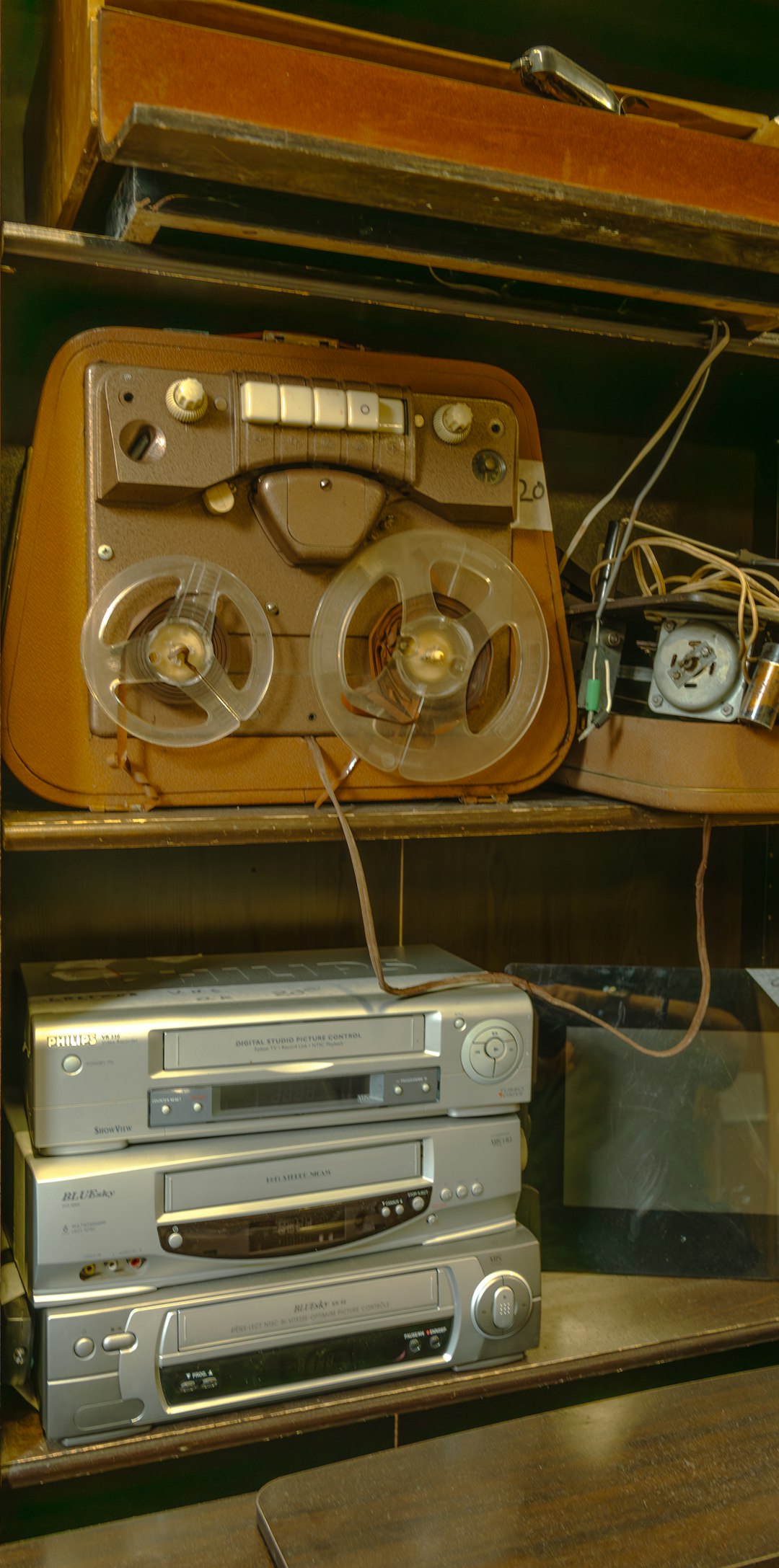Whether you’re a casual music lover, an amateur DJ, or someone simply trying to connect a vintage stereo to your phone, you’ve probably encountered the ever-growing world of audio adapters. They may seem like small accessories, but they play a huge role in how we connect and experience sound across different devices. One of the most common—and most useful—of these is the RCA to 3.5mm adapter, but it isn’t alone. From headphone splitters to optical converters, the realm of audio adapters is vast and essential for anyone dabbling in audio.
What Is an RCA to 3.5mm Adapter?
An RCA to 3.5mm adapter allows you to connect devices with RCA outputs (usually red and white ports for stereo audio) to those with a 3.5mm input, like your headphones, phone, or computer. This is a must-have if you want to play music from a smartphone through old-school home stereo equipment or vice versa.

For instance, maybe you have a turntable or CD player with RCA-out audio jacks, but your modern speaker system or amplifier only supports a 3.5mm input. That’s where this little adapter comes in—bridging generations of technology, literally and figuratively.
Why Audio Adapters Are Still Relevant in 2024
Despite the rise of Bluetooth and wireless audio, physical connections offer advantages in quality and stability. A direct cable feed ensures there’s no signal loss, latency, or interference. For audiophiles, DJs, and anyone who just wants good, dependable sound, these adapters remain as important as ever.
Also, as more manufacturers remove the headphone jack from phones and laptops, adapters become the saviors of compatibility. Whether it’s for nostalgic vinyl records or simply connecting your laptop to powered speakers, audio adapters continue to adapt—pun intended.
Types of Audio Adapters You Will Actually Use
There are hundreds of audio adapters on the market, but here’s a list of those you are most likely to use regularly:
- RCA to 3.5mm – The classic. Connects older audio equipment to modern devices.
- 3.5mm to 1/4 inch adapter – Ideal for connecting headphones to instruments or audio interfaces.
- Bluetooth to AUX adapters – Turn any wired speaker system into a wireless one.
- USB-C to 3.5mm – A necessity for newer smartphones that ditched headphone jacks.
- Lightning to 3.5mm – For all the iPhone users needing a wired headphone fix.
- Optical to RCA adapters – Useful for connecting modern digital sound systems to legacy analog hardware.
- Headphone splitters – Share your favorite music with a friend via a single device.
Understanding RCA: A Blast from the Past
The RCA connector was introduced in the 1940s by the Radio Corporation of America, and it’s remained a mainstay in audio-visual equipment for decades. The two most common colors—red and white—represent the right and left audio channels, respectively. It’s an analog standard, meaning it transmits uncompressed audio; perfect for purists who want that warm, old-school sound.

What’s really beautiful about RCA is that it aged well. Even today, plenty of devices—from TVs to audio receivers—still come outfitted with RCA ports. With a simple RCA to 3.5mm adapter, you’re instantly expanding your audio connection options.
RCA to 3.5mm Variants: Know Your Cables
Not all RCA to 3.5mm adapters are created equal. Choosing the right one depends on your specific use case:
- Straight cable adapters – These are cables with a male 3.5mm plug on one end and two RCA male plugs on the other. Great for connecting a phone to a stereo amplifier.
- Jack-style adapters – Tiny gadgets that convert a 3.5mm female port into two RCA males. Useful for custom wiring setups.
- Bi-directional RCA to 3.5mm – Cables that can transmit audio in either direction, though clarity might suffer when used improperly.
Tips for Choosing Quality Adapters
Saving a few bucks on an audio adapter might seem tempting, but cheap models often result in poor connections or interference. Here’s what to look out for:
- Gold-plated connectors – These resist corrosion and offer better conductivity.
- Shielded cable design – Helps block out electromagnetic interference from other electronics.
- Strain relief – Reinforced joints at both ends of the cable prevent bending and eventual breakage.
- Compatibility – Make sure the adapter’s specs match your devices in terms of jack size and signal type (analog vs. digital).
Remember, good sound starts with good connections. Skimping on the adapter can negate even the best speaker or headphone setup.
Use Cases Where Audio Adapters Make Life Easier
Still wondering if you really need these handy cables and adapters? Here are a few real-life situations where they shine:
- Connecting a smartphone to a home stereo – An RCA to 3.5mm adapter makes this seamless.
- Using studio headphones with your gaming controller – A 1/4 inch to 3.5mm adapter gets the job done.
- Listening to music in an older car without Bluetooth – A Bluetooth to AUX adapter modernizes the experience.
- Splitting audio for two listeners on a plane – A headphone splitter turns one port into two.
These adapters may be small, but their impact is surprisingly vast. With just a few tucked away in your bag or drawer, you’re ready for nearly any audio setup challenge that comes your way.
Conclusion: Invest Once, Connect Evermore
In a world full of new tech and digital everything, audio adapters like the RCA to 3.5mm prove that sometimes, the simplest tools create the biggest impact. Whether you’re mixing music, watching movies, or just trying to get sound from point A to point B, the right adapter can save you from frustration and elevate your audio experience.
So the next time you hear that crackle of a vinyl record or want to play your playlist through more robust speakers, remember: the right connection makes all the difference.

Pro tip: Keep a small pouch with your essential adapters, so you’re never caught off guard. You never know when old meets new in the world of sound.



